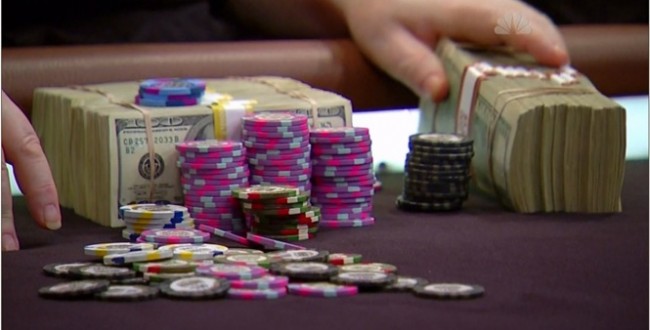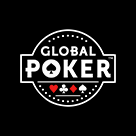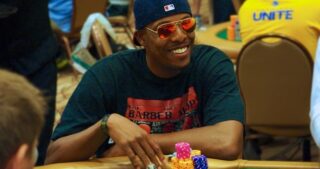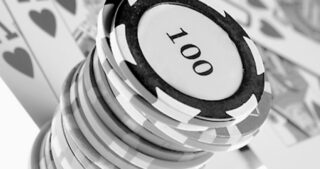If you're never planning on "turning pro" or even developing your game to any sort of higher buy-in level, this probably isn't a big deal for you.
Still, there are some pretty simple guidelines that can help any level of poker player stay well rolled for any games they want to play.
1. Have Enough to Support Your Game
The first step any regular poker player takes in managing a bankroll is determining whether you have enough to support the 'variance' of the game you want to play.
This varies depending on what limits you play, the variant of poker you play, and even your betting style. For example, it is typically recommended that a Limit Omaha Hi-Lo player start with between 300 and 500 big bets.
If you were a $3-$6 Omaha Hi-Lo player, that would mean you would need $1,800 to survive the swings in the game - without having to dip in for more cash, that is.
For No-Limit poker you usually want at least 20 buy-ins. In the case of a $100 buy-in, you need $2,000 to play at that level.
2. Don't Risk Your Entire Bankroll in One Game
Some players make the mistake of trying to use their entire bankroll when playing a poker session. You shouldn't risk any more than 10% of your bankroll in any single poker session.
In the case of No-Limit Hold'em, you don't want to risk more than 2 to 3 buy-ins in any one session.
3. Drop Down in Limits When Needed
There are too many players that continue to play at a certain level and refuse to drop down due to ego or the mistaken notion that they will eventually turn things around.
While it is true that an extended losing streak may be short-term, it may also decimate your bankroll. It's better to move down to lower stakes and win than play higher and keep losing.
Once you rebuild your bankroll and regain your confidence, you can move back up. I'd rather be embarrassed winning at $2-$4 NL than to be broke and on the rail at $3-$6 NL or higher.
By dropping down, you ensure that you're still in the game.
4. Set a Stop Loss
Many pros will recommend that you set a "stop loss" in any session you are playing. For a Limit game, the average stop loss is 30 big bets.
In NL games a stop loss should be no more than 3 to 5 buy-ins. Due the format of Limit games, it is hard to recover from a 30 big bet loss in a single day.
NL Hold'em players will find they can recover from a single lost buy-in and sometimes from two lost buy-ins. However, the average NL player will have trouble recovering once they have lost more than two buy-ins.
When you fail to use a stop loss, you will usually find yourself chasing losses by playing poor poker and further compounding your losses.
A stop loss goes hand in hand with the 10% maximum bankroll risk from earlier in the article. Risking only 10% of your roll or using a stop loss will keep you from going crazy in losing sessions.
Managing your bankroll is key to keeping yourself in a game, regardless of the limits you play. Many times you will see good poker players broke and on the rail because they failed to observe proper bankroll management.
If you manage your roll correctly, you will always be in the game.











